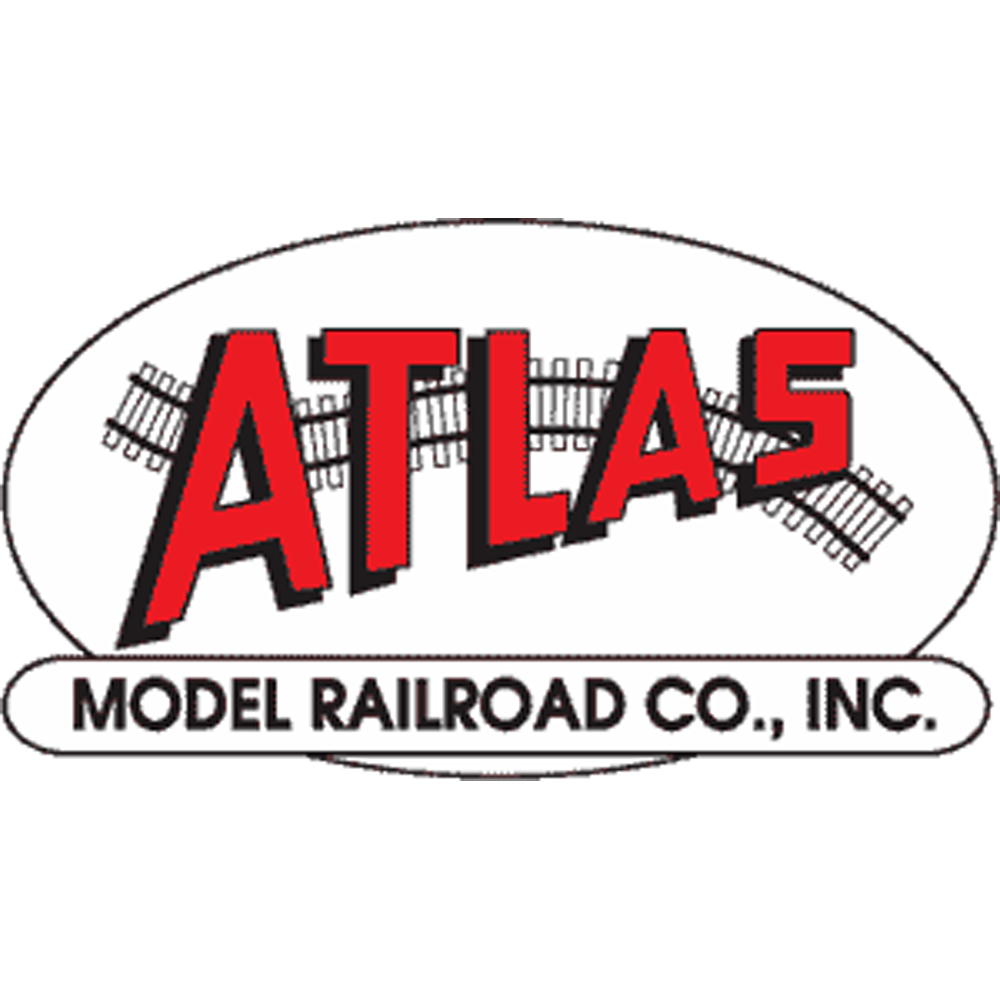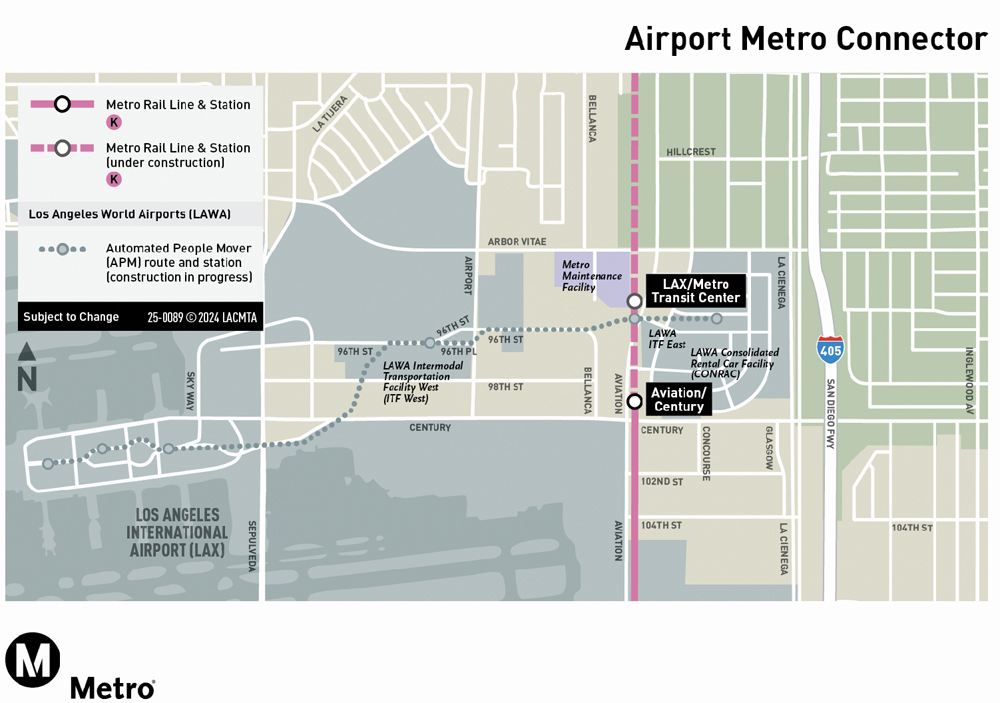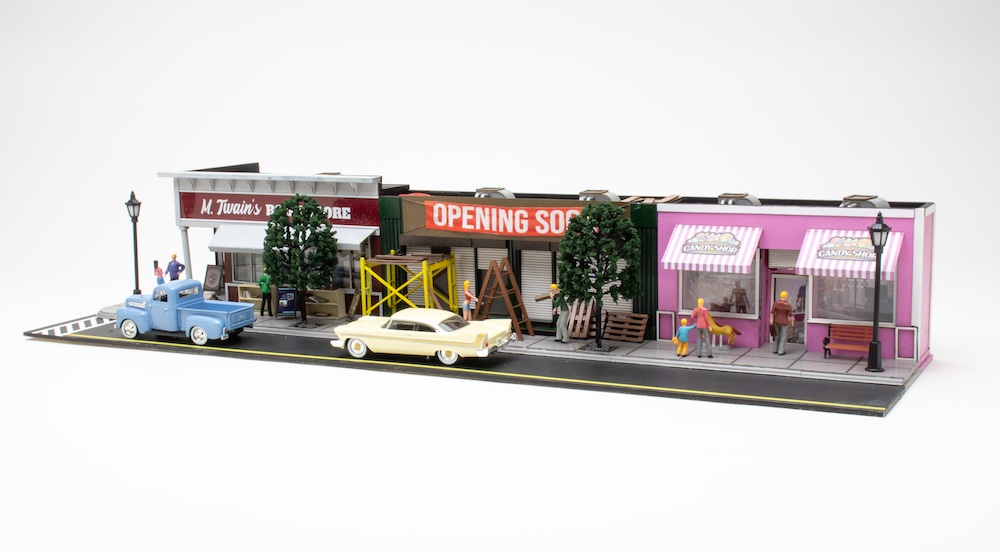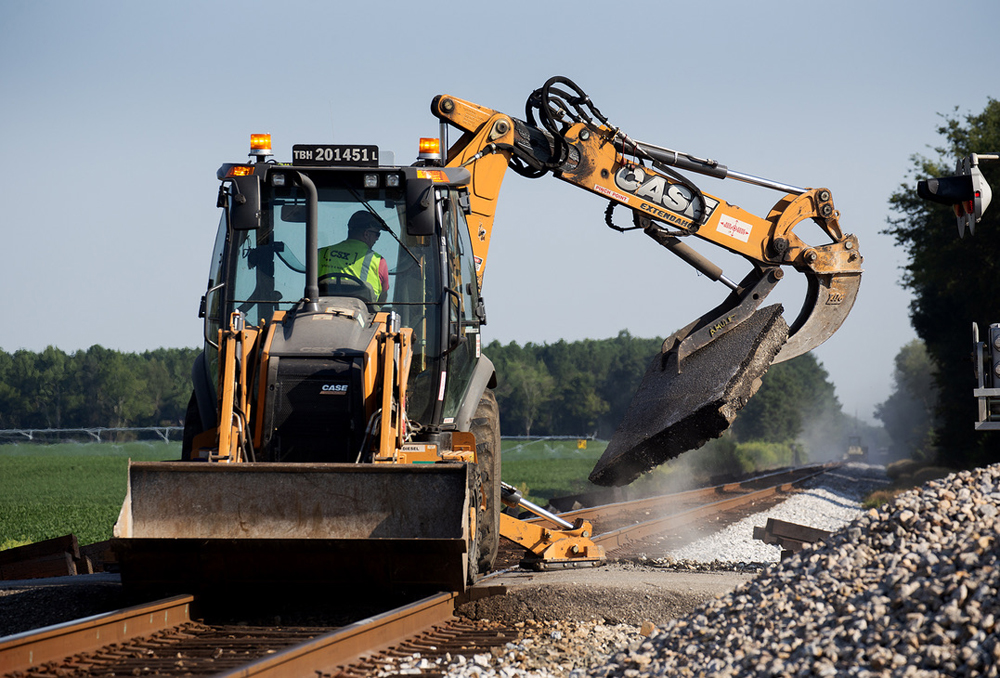
Second of two parts. Part one is available here.
CHARLESTON, W.Va. — U.S. railroads are hiring to meet future freight demand after years of furloughs and cutbacks that only worsened during the pandemic. At the same time, railroads have grappled with steep declines in coal and macroeconomic conditions. Now railroads appear to be rebalancing headcount in crafts like maintenance-of-way and mechanical across rail networks that are hauling fewer coal trains.
While hiring is largely up year-over-year at the big four U.S. railroads, the Class I lines employ fewer maintenance-of-way and mechanical workers than before the pandemic. But fewer bodies doesn’t mean the railroad isn’t ready to grow. Three of the four U.S. railroads have more MOW workers than a year ago and two have more mechanical workers than this time last year.
Railroads are continuing to invest significant amounts of capital in infrastructure and continue refurbishing equipment through in-house programs. And with railroads “pivoting to growth,” the honey-do list is cyclical.
In the west, BNSF Railway has added 155 MOW workers since last year, according to monthly railroad labor data provided to the Surface Transportation Board. In comparison, the railroad employs 513 fewer mechanical workers, a 7% decrease in this craft, compared to a year ago. BNSF is investing $3.9 billion as part of its 2024 capital plan, which includes 13,000 miles of resurfacing and/or undercutting work, replacing 365 miles of rail, and installing 2.8 million new crossties.
Union Pacific is spending $3.4 billion in capital this year, including $2 billion in infrastructure and $600 million in locomotives and equipment, but it’s executing this plan with fewer workers. Year-over-year MOW headcount is down about 330 workers, a 4% decrease, and mechanical workforce is down almost 800 people, a 15% decline [see “Union Pacific furloughs some shop and intermodal terminal workers …,” Trains News Wire, Aug. 24, 2023, and “Planned Union Pacific maintenance-of-way furloughs spark controversy,” News Wire, Nov. 1, 2023].
Comparing today’s headcount to pre-pandemic June 2019 reveals that BNSF’s MOW headcount is down 2% and mechanical is down 29% compared to five years ago. UP employs 19% fewer MOW workers than before the pandemic and 39% fewer mechanical workers. UP has about 2,700 fewer mechanical employees.
But trimming these crafts isn’t necessarily railroads being narrowly focused on cost-cutting. Over the same five-year period, BNSF’s coal business is down more than 306,000 carloads or 35%. UP coal is down more than 171,000 carloads or 36%. If you apply hypothetical mathematics and assume 110 cars per train, BNSF is moving 2,780 fewer coal trains now compared to the summer of 2019. UP’s count is down 1,554 unit trains, and that’s only comparing the first six months of each year.
These are massive declines and help provide a clearer picture into why the nation’s two largest Class I railroads may no longer require as many craft workers. Thousands of fewer coal trains require fewer people to repair locomotives and less wear and wear on the network.
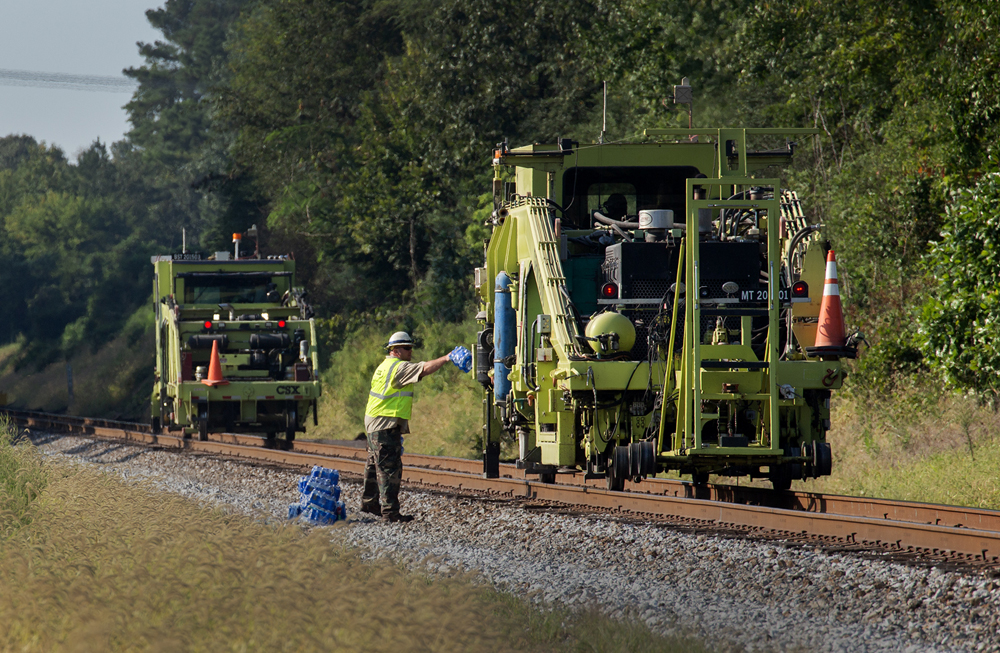
In the East, CSX Transportation and Norfolk Southern have more people in MOW and mechanical than they did a year ago. CSX’s MOW headcount is up 14 people year-over-year and mechanical is up more than 200, an increase of 7% from last summer. CSX has committed $2.5 billion to capital spending this year, up from $2.3 billion.
NS employs 206 more MOW workers, a 4% increase, and has added 242 to its mechanical team, a 9% increase. NS is spending $2.3 billion in capital, the same amount as last year.
As for how the labor landscape has changed post-pandemic, CSX has essentially the same number of MOW workers as it did in 2019 and NS employs 600 fewer, or 11% less than June 2019. Over the past five years, CSX has trimmed its mechanical workforce by 10% and NS by 40%. CSX and NS both have smaller coal franchises than western peers, but coal still plays a big role in labor decision-making.
CSX’s total volume is relatively unchanged from five years ago despite a 75,000-carload decrease in coal. The railroad has offset fewer domestic coal moves with a shift to export coal and has benefitted from business gains in intermodal and merchandise. The railroad’s volume through the first six months of 2024 totaled 3.1 million carloads and intermodal units, only 11,000 below the same period five years ago.
NS has seen a bigger drag to volume because of decreased coal shipments, which may explain why its mechanical headcount is down more significantly from five years ago. NS now moves 156,000 fewer coal carloads now than it did in June 2019, a 10% decrease in business. Applying the same hypothetical unit train formula as BNSF and UP, NS handled 1,418 fewer 110-car-unit trains through the first six months of 2024 compared to the first six months in 2019.
Coal and economic headwinds aside, railroads appear to be right-sizing and focused on the future, as their capital spending attests, as they look to onboard more railroaders and position themselves for growth when future freight demand increases.
BNSF is looking to fill 18 maintenance-of-way and two mechanical positions per current job openings. UP has seven available jobs in engineering, and 18 openings in mechanical. CSX is currently advertising positions for seven engineering jobs, five signalman, four electricians, and two each in mechanical and machinists. NS is looking to fill a number of electrical apprenticeships, more than 10 different types of mechanical roles, and at least three union machinists across its network.







